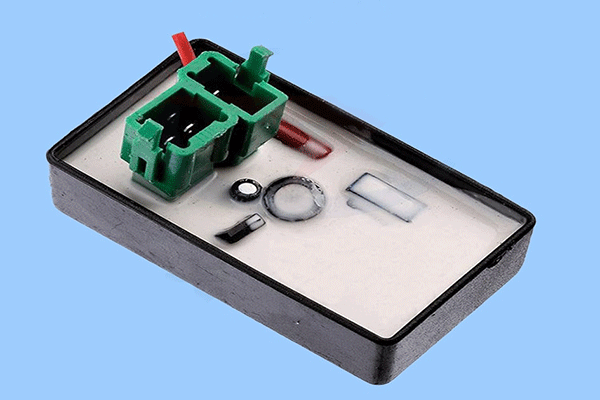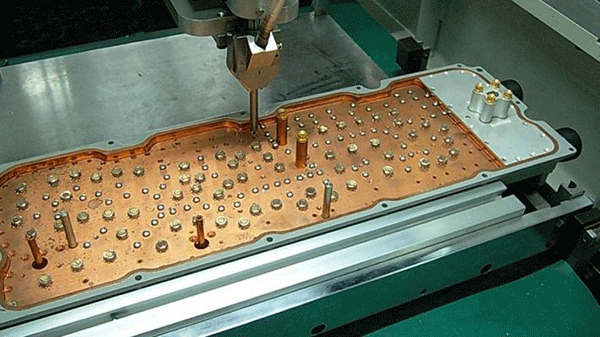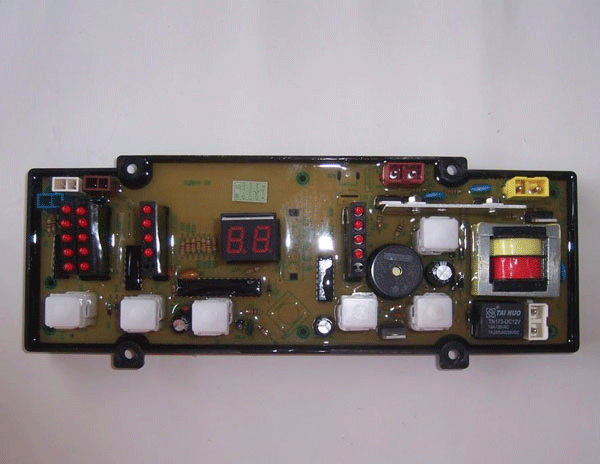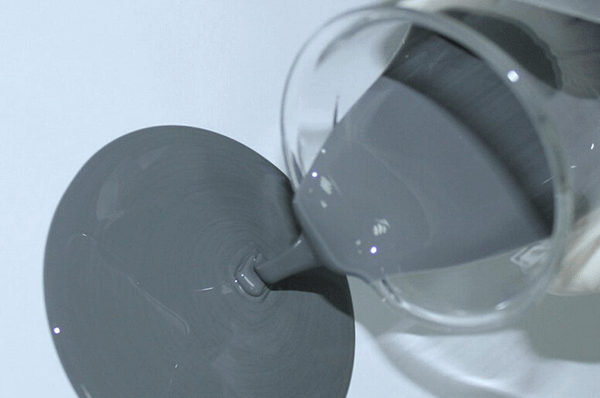What are the main factors to consider when choosing a suitable potting adhesive?
 Mar 20,2024
Mar 20,2024

 Hanast
Hanast
How to choose the appropriate potting adhesive, mainly considering these three points:
1. The performance requirements after potting, such as usage temperature, alternating cold and hot conditions, internal stress resistance of components, outdoor or indoor use, whether flame retardant and thermal conductivity are required, and color.
2. potting process: manual/automatic, room temperature/heating, complete curing time, curing time of mixed adhesive, etc.
3. potting cost: The proportion of sealing materials varies greatly, and it depends on the actual cost after sealing, rather than simply looking at the material price.
When evaluating and using potting adhesive, it is important to have a clear understanding of its performance. So how do you choose the suitable potting adhesive from these types? Below, Shi Naishi will roughly talk to you about the performance differences between these three types of sealing adhesives, hoping to help you choose the product that suits you.
Epoxy resin potting adhesive
Epoxy potting adhesive refers to a type of electronic potting adhesive made of epoxy resin, which can be divided into single-component epoxy potting adhesive and two-component epoxy potting adhesive. The epoxy resin sealing adhesive is mostly hard, with very few parts being slightly soft. This type of material has an advantage: good adhesion to the material, high hardness after curing, and good acid and alkali resistance. In general, epoxy resin has a temperature resistance of 100 ℃, good light transmittance, and can be used as a transparent material.
Application scope: Generally used for sealing non-precision electronic devices such as LEDs, transformers, regulators, industrial electronics, relays, controllers, power modules, etc.
Filled PU Potting
Polyurethane potting adhesive, also known as PU sealing adhesive, is usually prepared using the prepolymer method and one-step process. The material of polyurethane sealant is slightly soft after curing, and the bonding strength is between epoxy resin and organic silicon. Good low-temperature resistance, which can prevent installed and debugged electronic components and circuits from being affected by vibration, corrosion, moisture, and dust, and has excellent electrical insulation.
Application scope: Generally used for sealing electronic components with low heat generation, such as transformers, converters, capacitors, inductors, varistors, linear engines, circuit boards, LEDs, etc.
silicone potting compound
A type of electronic potting adhesive made of silicone rubber, including single-component silicone sealing adhesive and two-component silicone sealing adhesive. After solidification, the material is relatively soft and can form a soft elastic protective layer to resist mechanical and cold/hot impacts on the components; Stable physical and chemical properties, good resistance to high and low temperatures, and can work for a long time at temperatures of -40~200 ℃; Excellent weather resistance, able to provide good protection even after more than 10 years of outdoor use, and not prone to yellowing; Excellent electrical and insulation performance. After sealing, it can effectively improve the insulation between internal components and circuits, protecting components from use in high-voltage environments; After application, it can flow/fill/self-level, and is easy to remove bubbles; Can be repaired, and sealed components can be removed for repair and replacement.
Application scope: Suitable for sealing various harsh environments and high-end precision/sensitive electronic devices. For example, LED, photovoltaic materials, diodes, semiconductor devices, sensors, on-board computer ECUs, etc., play a role in insulation, waterproofing, moisture-proof, dust-proof, shock absorption, etc.
Summarize the comparison of the main reference indicators for the three types of potting adhesive mentioned above:
Cost: organosilicon>epoxy resin>polyurethane
Craftsmanship: epoxy resin>organic silicon>polyurethane
Electrical performance: epoxy resin>organic silicon>polyurethane
Heat resistance: silicone>epoxy resin>polyurethane
Cold resistance: organosilicon>polyurethane>epoxy resin




 Home
Home



 Selection scheme for epoxy potting adhesive for capacitor encapsulation
Selection scheme for epoxy potting adhesive for capacitor encapsulation  You May Also Like
You May Also Like







 Tel
Tel
 Email
Email
 Address
Address












